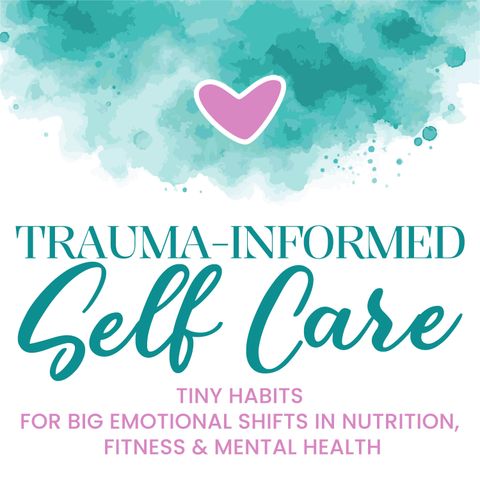EP #1463: Decoding Suicide: Risk Factors, Intent, and Support (Featuring "Hold On.")

Download and listen anywhere
Download your favorite episodes and enjoy them, wherever you are! Sign up or log in now to access offline listening.
Description
Summary In this conversation, Dr. Diane Kaufman discusses the risk factors for suicide and differentiates between suicidal ideation and suicidal intent. She highlights the importance of taking suicide attempts seriously...
show moreIn this conversation, Dr. Diane Kaufman discusses the risk factors for suicide and differentiates between suicidal ideation and suicidal intent. She highlights the importance of taking suicide attempts seriously and not just dismissing them as a non-lethal cries for help. Repeated suicide attempts can turn deadly. Risk factors include prior suicide attempts, psychiatric diagnoses, chronic illness, relationship problems, substance abuse, and access to lethal means. Dr. Kaufman also mentions the impact of adverse childhood experiences (ACEs) on suicide risk. Suicidal ideation ranges from thoughts of wishing to be dead to fantasies and desires to be dead. Suicidal intent involves thoughts of how and when to carry out suicide. In this conversation, Dr. Diane Kaufman discusses the different stages of suicidal thinking and behavior, including the planning phase and the impulsive phase. She also highlights the importance of recognizing warning signs such as giving away belongings and reaching out to say goodbye. Dr. Kaufman emphasizes the need for continued support after hospitalization and addresses common misconceptions about suicide, such as the belief that it is a manipulation or a character flaw. She also discusses the stigma surrounding suicide and the importance of open conversations to break that stigma.
Keywords: suicide prevention, risk factors, suicidal ideation, suicidal intent, prior suicide attempts, psychiatric diagnoses, chronic illness, relationship problems, substance abuse, lethal means, adverse childhood experiences (ACEs), suicidal thinking, suicidal behavior, planning phase, impulsive phase, warning signs, continued support, hospitalization, misconceptions, stigma, open conversations
Takeaways
- Suicide attempts should be taken seriously and not dismissed as cries for help.
- Risk factors for suicide include prior suicide attempts, psychiatric diagnoses, chronic illness, relationship problems, substance abuse, and access to lethal means.
- Adverse childhood experiences (ACEs) can increase the risk of suicide.
- Suicidal ideation ranges from thoughts of wishing to be dead to fantasies and desires to be dead.
- Suicidal intent involves thoughts of how and when to carry out suicide. Suicidal thinking can progress through different stages, including the planning phase and the impulsive phase.
- Recognizing warning signs such as giving away belongings and reaching out to say goodbye can help identify individuals at risk of suicide.
- Continued support is crucial after hospitalization to prevent suicide attempts.
- Common misconceptions about suicide include the belief that it is a manipulation or a character flaw.
- Open conversations about suicide are essential to break the stigma surrounding mental health.
Titles
- Understanding the Risk Factors for Suicide
- Differentiating Suicidal Ideation and Suicidal Intent The Importance of Continued Support
- Dispelling Misconceptions about Suicide
Sound Bites
- "We have to take seriously that it is a cry for help."
- "The fact that someone has attempted suicide has to be taken very, very seriously."
- "Having lethal means in your home really skyrockets the risk of suicide."
- "I want to end my life and this is how and when I'm going to do it."
- "There can be phone calls or text messages of apologies to other people or inexplicable reaching out to people to say hello and to say goodbye."
- "Something in the way she was talking to me made me ask the question, have you done something right now to kill yourself? And the answer was yes."
Chapters00:00Introduction and Overview
01:19Understanding Suicide
02:00Common Risk Factors
06:14Lethal Means and Access
08:35Psychiatric Diagnoses and Relationship Problems
10:02Chronic Illness and Economic Factors
11:30Adverse Childhood Experiences (ACEs)
14:49Individual and Relationship Risk Factors
19:16Differentiating Suicidal Ideation and Suicidal Intent
21:38Understanding the Stages of Suicidal Thinking
22:09Recognizing Warning Signs and Risk Factors
23:37The Importance of Continued Support
28:19Dispelling Misconceptions about Suicide
36:32Breaking the Stigma through Open Conversations
Information
| Author | Stove Leg Media |
| Organization | Stove Leg Media |
| Website | - |
| Tags |
-
|
Copyright 2024 - Spreaker Inc. an iHeartMedia Company
